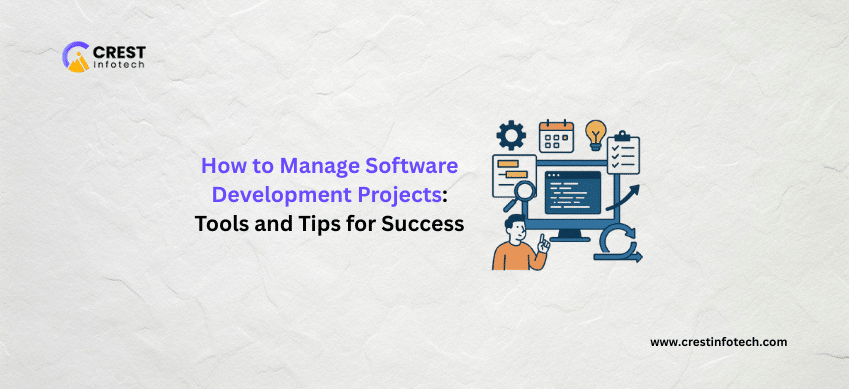Introduction
In the field of deep learning, training models from scratch often requires vast amounts of data and computational resources. Transfer learning provides an efficient alternative by leveraging pre-trained models to solve new tasks with minimal additional training. This technique has been widely used in applications such as image classification, natural language processing (NLP), and object detection.
This article explores the concept of transfer learning, its benefits, and how to implement it using Python with frameworks like TensorFlow and PyTorch.
What is Transfer Learning?
Transfer learning is a machine learning approach where a model trained on one task is adapted for another related task. Instead of starting from scratch, we take a pre-trained model—typically trained on a large dataset like ImageNet—and fine-tune it for our specific use case.
Benefits of Transfer Learning:
- Reduced Training Time: Since the model has already learned useful features, training requires less data and fewer epochs.
- Improved Performance: Pre-trained models capture general patterns that can enhance performance on related tasks.
- Effective for Small Datasets: When labeled data is scarce, transfer learning helps generalize better than training from scratch.
Implementing Transfer Learning in Python
To illustrate transfer learning, we’ll use the VGG16 model, pre-trained on ImageNet, and fine-tune it for a custom image classification task using TensorFlow/Keras and PyTorch.
1. Using TensorFlow/Keras
Step 1: Load the Pre-Trained Model
import tensorflow as tf
from tensorflow.keras.applications import VGG16
from tensorflow.keras.models import Model
from tensorflow.keras.layers import Dense, Flatten
# Load VGG16 without the top classification layer
base_model = VGG16(weights='imagenet', include_top=False, input_shape=(224, 224, 3))
base_model.trainable = False # Freeze base model layers
# Add custom layers for classification
x = Flatten()(base_model.output)
x = Dense(128, activation='relu')(x)
x = Dense(1, activation='sigmoid')(x) # Binary classification
model = Model(inputs=base_model.input, outputs=x)
model.compile(optimizer='adam', loss='binary_crossentropy', metrics=['accuracy'])
model.summary()Step 2: Train the Model on Custom Data
from tensorflow.keras.preprocessing.image import ImageDataGenerator
train_datagen = ImageDataGenerator(rescale=1./255)
train_generator = train_datagen.flow_from_directory(
'path_to_training_data', target_size=(224, 224), batch_size=32, class_mode='binary')
model.fit(train_generator, epochs=5)2. Using PyTorch
Step 1: Load the Pre-Trained Model
import torch
import torch.nn as nn
import torchvision.models as models
from torchvision import transforms, datasets
# Load VGG16 model
model = models.vgg16(pretrained=True)
# Modify the classifier
model.classifier[6] = nn.Linear(4096, 2) # Adjust output for binary classification
# Set device and move model to GPU if available
device = torch.device("cuda" if torch.cuda.is_available() else "cpu")
model = model.to(device)Step 2: Train the Model on Custom Data
# Define data transforms
data_transforms = transforms.Compose([
transforms.Resize((224, 224)),
transforms.ToTensor(),
])
dataset = datasets.ImageFolder("path_to_training_data", transform=data_transforms)
dataloader = torch.utils.data.DataLoader(dataset, batch_size=32, shuffle=True)
# Define loss function and optimizer
criterion = nn.CrossEntropyLoss()
optimizer = torch.optim.Adam(model.parameters(), lr=0.001)
# Training loop
for epoch in range(5):
for inputs, labels in dataloader:
inputs, labels = inputs.to(device), labels.to(device)
optimizer.zero_grad()
outputs = model(inputs)
loss = criterion(outputs, labels)
loss.backward()
optimizer.step()
print(f"Epoch {epoch+1}, Loss: {loss.item():.4f}")Fine-Tuning the Model
In many cases, it’s beneficial to unfreeze some layers of the pre-trained model and train them along with the new layers. This process, known as fine-tuning, allows the model to adjust pre-learned features to better fit the new dataset.
For example, in TensorFlow:
base_model.trainable = True # Unfreeze layers
for layer in base_model.layers[:-5]:
layer.trainable = False # Keep initial layers frozenAnd in PyTorch:
for param in model.features[:-5].parameters():
param.requires_grad = False # Freeze initial layersFine-tuning usually requires a lower learning rate to prevent catastrophic forgetting.
Conclusion
Transfer learning is a powerful technique that speeds up model training, enhances accuracy, and reduces the need for extensive labeled datasets. By leveraging pre-trained models like VGG16, ResNet, or BERT (for NLP tasks), developers can build highly efficient AI solutions with minimal effort.
With TensorFlow/Keras and PyTorch, implementing transfer learning is straightforward, making it an essential tool for deep learning practitioners. Whether you’re working on image classification, NLP, or other machine learning tasks, transfer learning can significantly improve your results.



